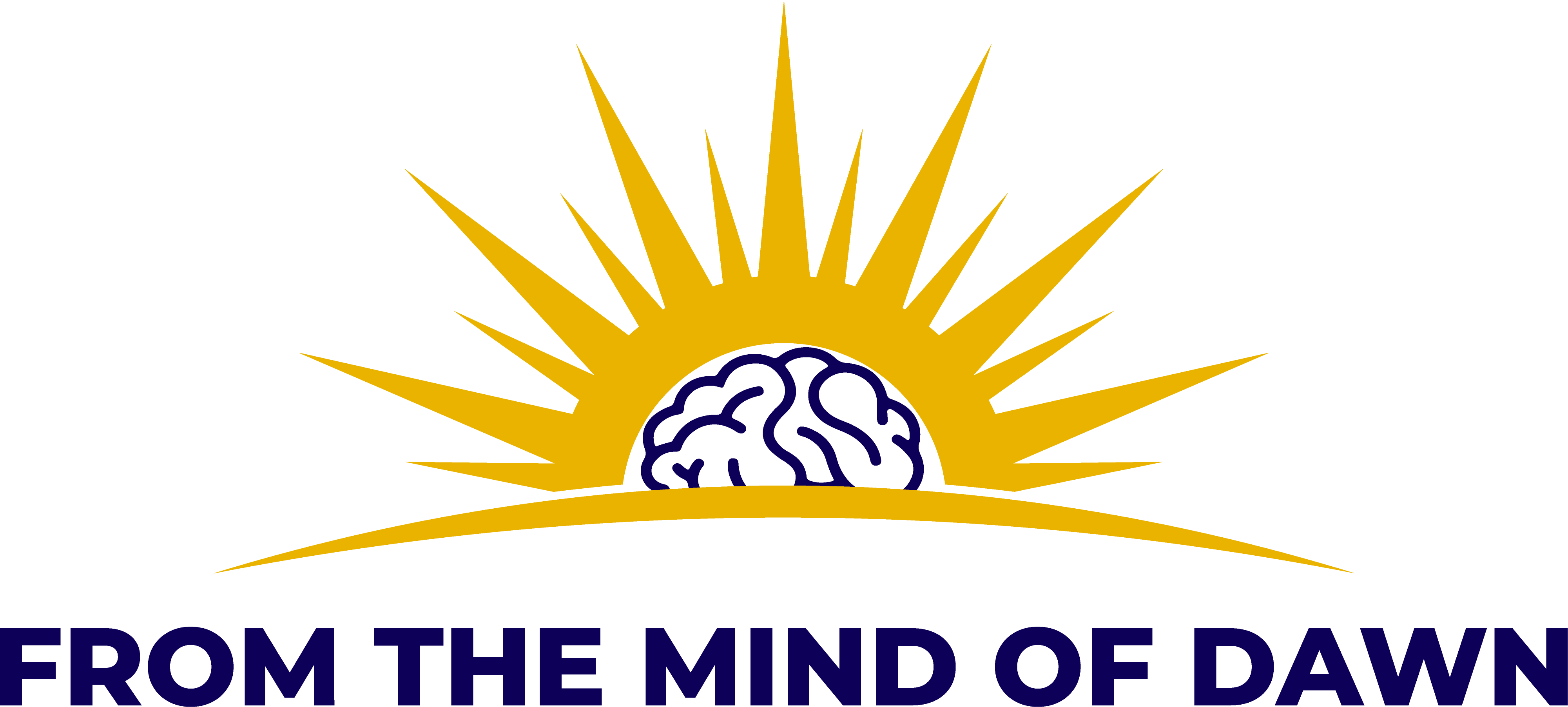To Change or NOT To Change
So, for the entirety of 2024, we have been studying how to lead successful change. I want to take a step back and spend some time learning various ways to know when you need to initiate a change at all.
Organizational change doesn’t have to be massive but I assert that the more massive the change, the more we need the skills that we have been developing this year but also…go big, or go home right?
I have always worked in the technology sector. We are probably all aware of the rapid pace at which technologies are changing and new technologies are emerging. This leads to innovations - products or methods for doing things that didn’t previously exist. As good leaders, we should be constantly scanning our external environment and evaluating its impact on our organization. We’ve learned that this is helpful in adding credibility in and increasing the urgency of your change effort.
Now, we will specifically learn how we can leverage this information gathering to gain a huge advantage by recognizing the signals for change. This includes signaling from two main dimensions:
- Identifying Opportunities
- Recognizing and Responding to Threats
Seeing What’s Next: Using the Theories of Innovation to Predict Industry Change
by Clayton M. Christensen, Scott D. Anthony, and Erik A. Roth
If your industry is changing, it’s probably obvious to you that you also need to change. And by you, I mean some combination of your offering, your profit model, your organizational structure, your marketing approach, etc. However, the danger is that by the time it is obvious to you, it is also obvious to others and likely to the competitor that is going to take some of your market share.
Let’s learn how to avoid that.
(excerpt from Seeing What’s Next)
In order to truly be able to capitalize on opportunities, we need to take this first step and be attuned to the change as early as possible. Thankfully, this same process will help us identify any would-be competitors who are trying to beat us to the punch. We’ll learn how to effectively deal with them later.
The first step involves “looking at nonconsumers, undershot customers, and overshot customers and evaluating the nonmarket context for innovation.”
What are nonconsumers?
Nonconsumers are “people who lack the ability, wealth, or access to conveniently and easily accomplish an important job for themselves; they typically hire someone to do the job for them or coble together a less-than-adequate solution”
I don’t play video games so in that industry, I am a nonconsumer. Unfortunately, I can’t afford a Bentley so while I would be considered a nonconsumer of the whole Volkswagen brand, that isn’t true for the whole automotive industry (since I have a car). I’m sure you get the idea.
What characterizes an undershot customer?
Undershot customers are those “who consume a product but are frustrated with its limitations; they display willingness to pay more for enhancements along dimensions most important to them.”
There are a lot of nuances in that definition but I have a good example to illustrate them.
When my son was in middle school, it became apparent that public school wasn’t a good fit for him. This was primarily because of three factors:
- The Common Core Curriculum
- The large teacher to student ratio
- The lack of accountability for students to turn in work on time and adhere to standards
This categorized us as an undershot customer of public education.
So, we sent him to private school. Previously, we would have been considered nonconsumers of private school education. We selected his particular school because they didn’t adhere to the Common Core Curriculum and had an average teacher to student ratio of 1:8. Additionally, his school emphasized the value of holding its students accountable (no phones in classrooms, strict guidelines around turning in work, etc.)
Instilling a strong work ethic during his high school years was a top priority for us - so much so that we paid full tuition to send him to this particular school.
However, the school did NOT live up to its promise and he was not held accountable. We are still angry about it although he graduated this year.
We remained undershot consumers...
Examples are everywhere of consumers needing more from the products or services they are already using and being willing to pay for it.
And overshot customers?
Overshot customers are those who “stop paying for further improvements in performance that historically had merited attractive price premiums.” Simply put, these are the people who can afford it but don’t want all those extra features.
You’re doing too much!
Take Action
So, if you’re going to follow along with this, you’ll need to identify the nonconsumers, undershot and overshot customers within the context of your offering in your industry.
I hope this was interesting and I look forward to sharing more with you in future posts. Thanks for reading!
